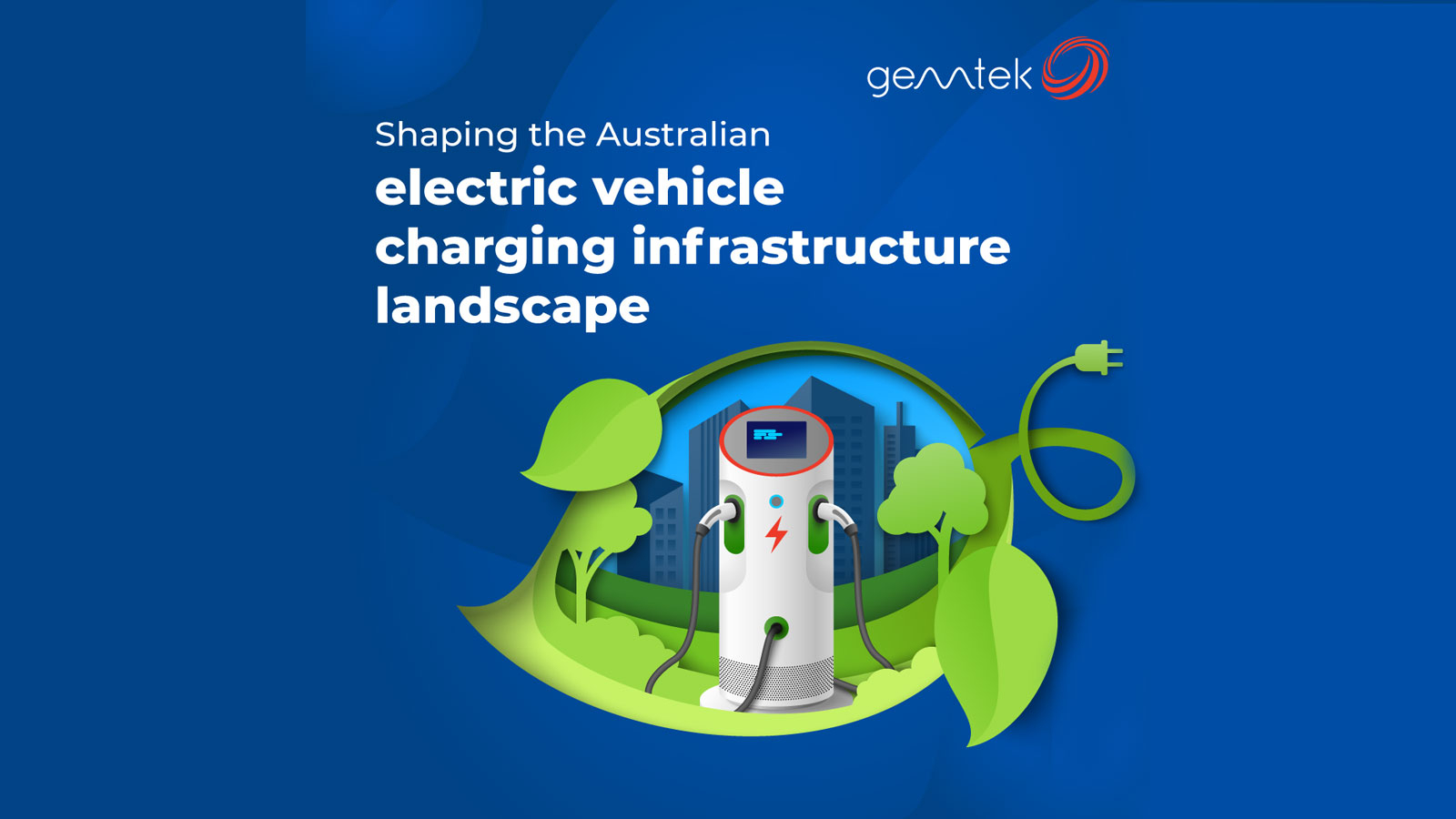The conversation around electric vehicles keeps coming up around dining tables and boardrooms alike, as Governments continue to move forward with their net zero emission targets, globally, driving demand for electric vehicles and the necessary charging infrastructure.
Across Australia there has been an increase in public charging stations from 1,614 sites in 2021 to 2,392 sites, with a total of 4,943 charges installed across these locations (source: electric vehicle council). While this is heading in the right direction, to keep up with the increasing demand for electric vehicles, the number of charging sites and charges need to dramatically increase to prepare for the future.
In the latest report from the Electric Vehicle Council, it highlighted two key areas where fast charging infrastructure requires the greatest attention, these are:
- Regional areas – to ensure drivers can recharge quickly and regularly whilst on long trips.
- Urban areas – catering for those in high density, urban areas who are not able to charge at their own homes.
The below table highlights the current number and type of charging sites available across Australia, and as you can see, New South Wales is currently leading the way, which is a direct correlation with the policies and grants offered in this space from the State Government, in comparison to the policies and grants offered by the other State and Territory Governments.
| Public EV Charging locations by state, type and numbers: |
|
That leaves us with the question, what are the policies and grants that are available across Australia?
Federal, State and Territory Governments all have various policies and grants relating to electric charging infrastructure, and it is vital to understand what is available to you, to help accelerate the deployment of charging infrastructure.
The Federal Government policies and grants include $20.1 million in government funding to support heavy vehicle electrification at the Australian Renewable Energy Agency’s (ARENA) western Sydney depot, and additional funding of $500 million to ARENA to help expand the national electric vehicle charging network.
As mentioned, New South Wales is leading the charge in the way of policies and grants available for both electric vehicles and its infrastructure. We’ve dived into each of the State and Territory Governments funding and grants for electric charging infrastructure.
New South Wales Government has provided $20 million to co-fund the purchase and installation of EV chargers at eligible regional destinations, to reduce range anxiety, and a further $10 million has been invested into kerbside EV charging. The State Government has conducted two rounds of their public EV fast charging grants scheme at allocated of $149 million, this has seen the co-funding of charging infrastructure across the state, including 86 ultra-fast chargers that are currently being installed. In addition to this, the New South Wales Government has allocated $10 million to support over 125 strata buildings to retrofit the electrical infrastructure required to install chargers into their buildings.
In our nation’s capital, the Government continues to expand its public charging infrastructure, with additional 100 chargers to be installed across the Territory in 2023. The Northern Territory government has committed $300,000 for residential and business grants for the co-funding of EV charger purchases and installations. Queensland’s State Government has allocated $10 million to co-fund the installation of public fast charging infrastructure as part of their Electric Supper Highway initiative, with 24 charging sites to be installed in regional Queensland. In South Australia, we have seen the Government award $12.4 million grant to the RAA for the construction of a state-wide EV charging network which will comprise with 530 regular, fast, and ultra-fast chargers across 140 sites. Additionally, the South Australian Government, has invested $3.2 million into nine trials to provide insights and knowledge about the integration of EVs with the electricity grid.
The Victorian government is rolling out a $1.5 million grants program to assist businesses with the EV transition, an additional $1.5 million allocated to council fleet programs to co-fund the installation of 120 charging sites and has invested $950,000 into a pilot program for 500 licensed electricians to develop the electric vehicle workforce fundamentals. Tasmanian Government is supporting the installation of charging sites as part of the State’s Charge Smart Fast Charging Program. The Western Australian Government is investing more than $22 million into their charging network, as they commenced construction in November 2022. In addition to this, $15 million has been allocated to support Not-for-Profits, SMEs, and local government to install charging infrastructure and $4 million is allocated for the installation of charging infrastructure across the State’s train stations.
Each year, Australian Governments are continuously expanding on their EV policies and initiatives, increasing the number of electric vehicles on the road. As this happens improvements to the electrical infrastructure will be required to keep up with the implementation of charging infrastructure that need to be installed to keep up with the rapidly changing landscape.
For more information or advice on electric charging infrastructure, contact Gemtek’s team on 1300 556 601 or info@gemtek.com.au


